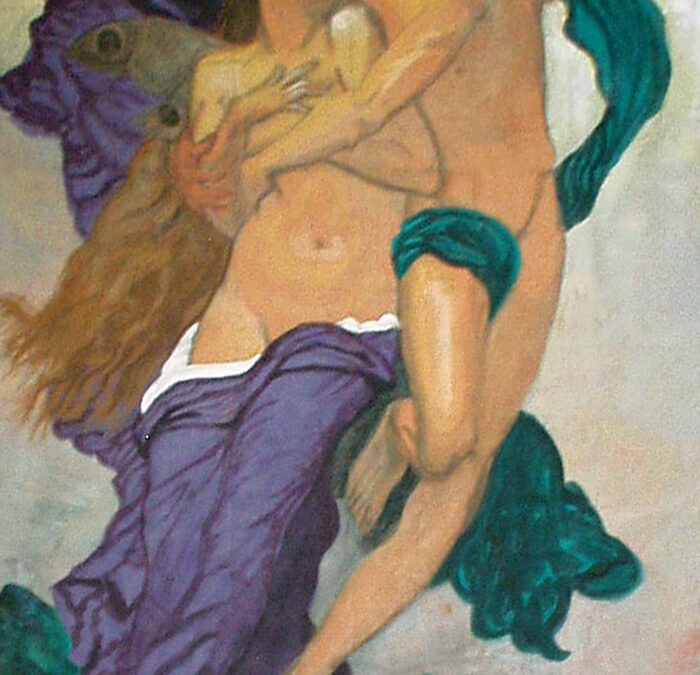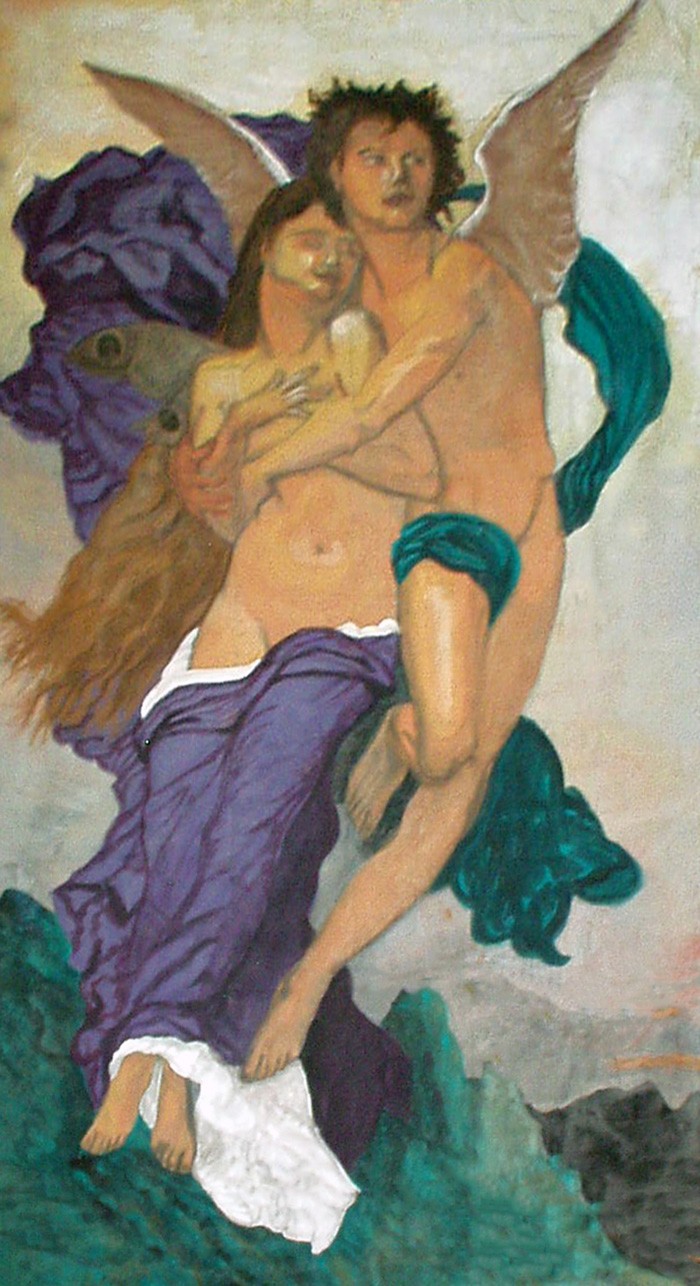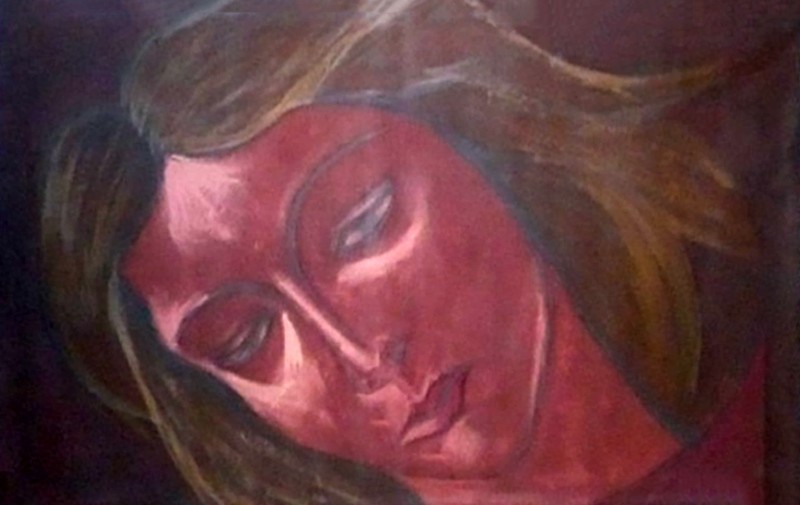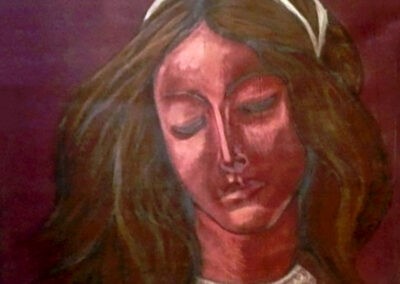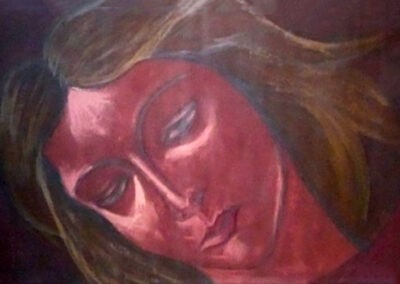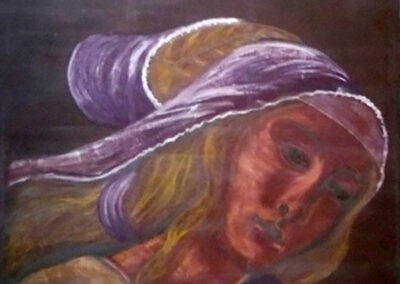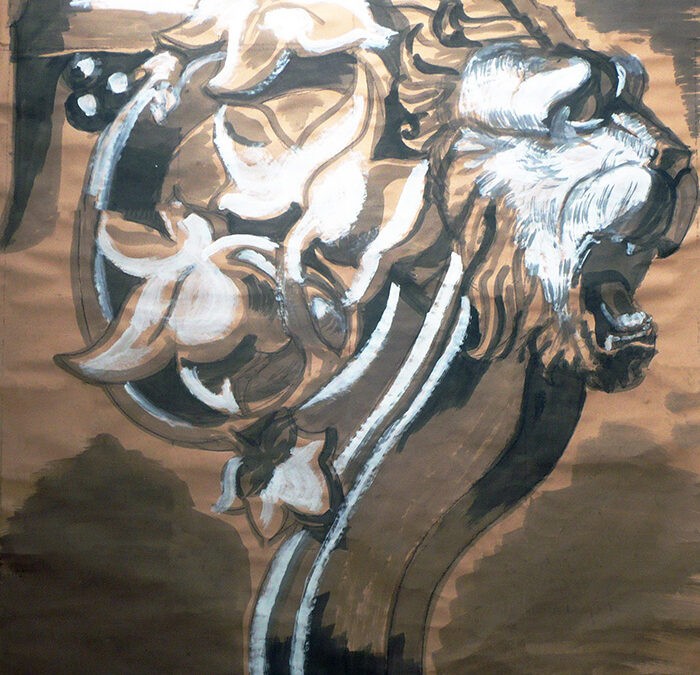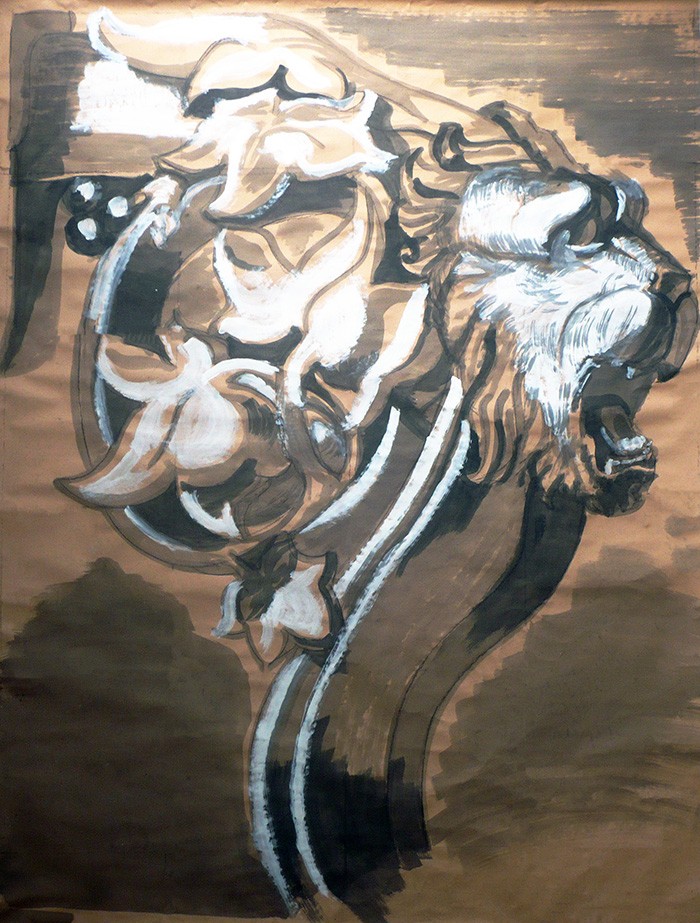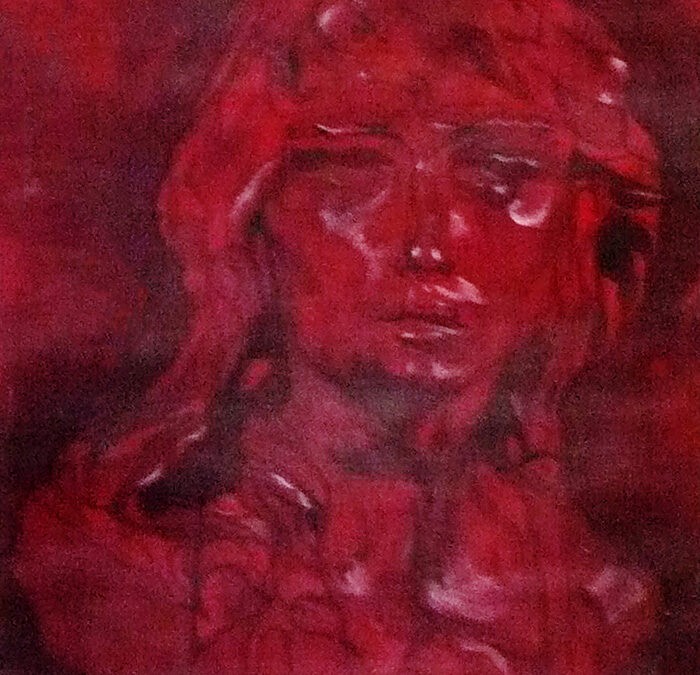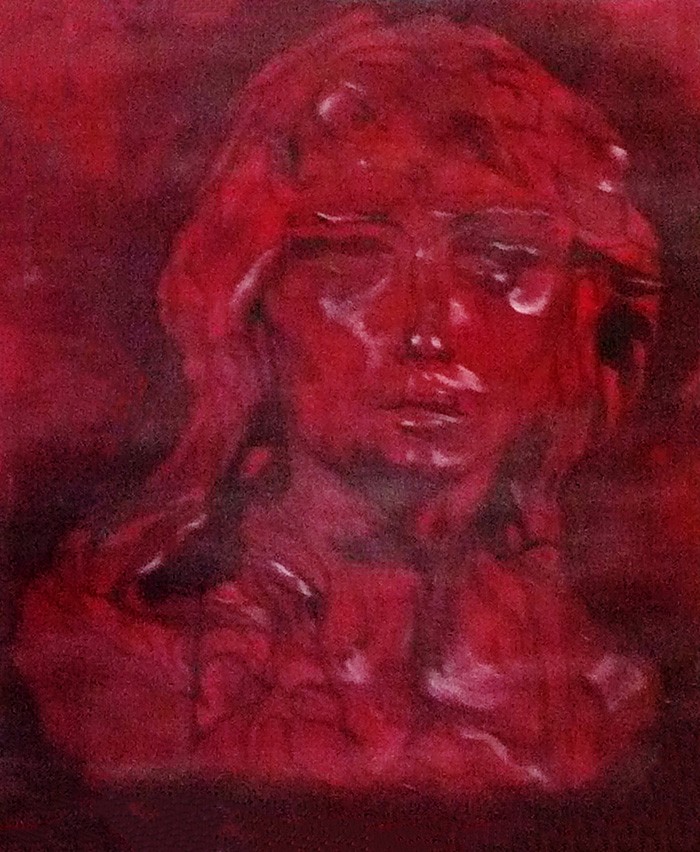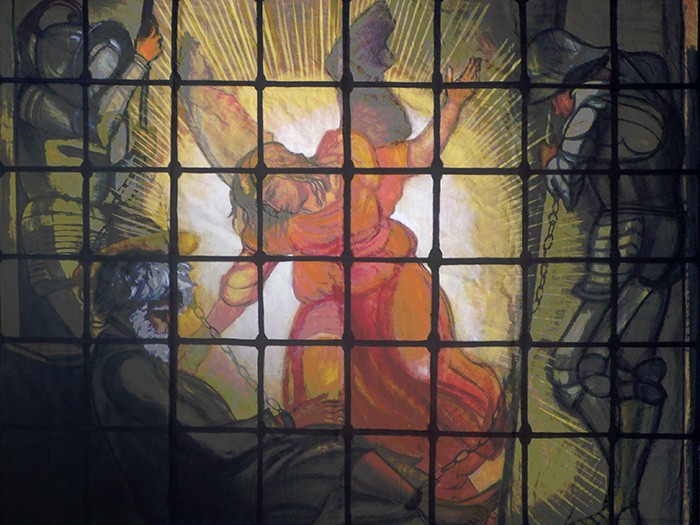
St. Peter's Liberation
St. Peter's Liberation
Serie: Large Format Artworks
Technique: Latex on canvas
Size: 235 x 180 cm
Year: 2003
Raphael Sanzio, Italy (1483-1520)
Raphael has historically been considered, along with Leonardo and Michelangelo, as one of the pillars of the Italian Cinquecento, as well as one of the great geniuses of painting of all time.
It should also be noted that to his credit he will have a career as an architect, not excessively known or decisive for the history of art (with the exception of the commission for the continuation of the works of St. Peter's Basilica, which he will briefly be in charge of upon the death of his friend Bramante).
Raphael was summoned to carry out the decoration of the Vatican palatine rooms by Pope Julius II (Pontiff from 1503 to 1513).
In the Stanza of Heliodorus, he carried out, sometimes with the help of his disciples, the scenes of The Expulsion of Heliodorus (1511-1512), The Mass of Bolsena (1512), St. Peter's Liberation (1514), and, already at the time of Pope Leo X, the Encounter of Attila with Leo the Great.
St. Peter's Liberation shows the prince of the apostles and the first pope, miraculously saved from the dungeon thanks to an angel, while the guards lie asleep.
By exalting the light, Rafael confronts the divine of the angel with that of the dawn, the moon, the torches and their reflections on the armor, and even with the natural one that enters from the window below, creating extraordinary effects.
Acts of the Apostles 12, 5-12
At that time King Herod seized on some of the Church to mistreat them.
He made James, Juan's brother, die by the sword. Seeing that the Jews liked this, he also arrested Peter. Those were the days of the Unleavened.
So he seized him, imprisoned him, and entrusted four squads of four soldiers to guard him, with the intention of presenting him before the people after Passover.
Thus, Peter was kept in prison, while the Church prayed insistently for him to God.
When Herod was about to introduce him, that same night Peter was sleeping between two soldiers, bound with two chains; There were also sentries at the gate guarding the jail.
Suddenly the Angel of the Lord appeared and the cell was filled with light. He gave the angel to Peter in the side, woke him up and said: "Get up quickly."
And the chains fell from his hands. The angel said: "Gird yourself and put on your sandals." He did so. He added: "Put on your mantle and follow me." And he went out following him.
He did not quite realize that what the angel was doing was true, but rather he imagined seeing a vision.
They passed the first and second guard and came to the iron gate that led into the city.
It opened to them by itself. They went out and walked to the end of a street. And suddenly the angel left him.
Peter came to himself and said, "Now I really realize that the Lord has sent his angel and has ripped me out of the hands of Herod and of everything the Jewish people expected."
Aware of his situation, he went to the house of María, Juan's mother, by the nickname Marcos, where many were gathered in prayer.
He knocked on the door and a servant named Rode came out to open it for him; who, recognizing Peter's voice, out of pure joy did not open the door, but ran in to announce that Peter was at the door.
They told her: "You are crazy." But she kept claiming it was true.
Then they said: "It will be your angel." Meanwhile, Pedro kept calling. When they opened it, they saw him, and were stunned.
He waved for them to be quiet and told them how the Lord had brought him out of prison. And he added: "Communicate this to Santiago and the brothers." He left and marched to another place.
NOT AVAILABLE FOR SALE
< Back to PORTFOLIO

